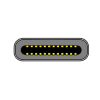13
High Trust ProductsCharging Technology Speed Performance Benchmarking
Chargers and Power Banks
Headphone & Speakers
Cases & Covers
Virtual Reality
Cables & Adapters
Media Player
Laptop
Tablet
Desktop
Cell Phone
Printers & Copiers
Memory Cards
TV
Computer Display
Game Console
Smart Home
Wearable Technology
Photo & Video Camera
Car Electronics
Car
Networking Equipment
Smart Toys
Home Audio & Video
Professional & Industrial
Storage Drive
Docking Station
Game Console Controllers
Set-top box
Keyboard, Mice, & Stylus
Portable Music Player
Computer Parts & Components
Cordless & Speakerphones
Projector
Software
Reporting
Verizon USB Type-C Wall Charger
by Verizon





Interested in this product?

Select a product category to see which devices type we recommend to use with the Verizon USB Type-C Wall Charger:



Verizon’s USB Type-C Wall Charger with Fast Charge Technology Uses USB Power Delivery and Qualcomm Quick Charge

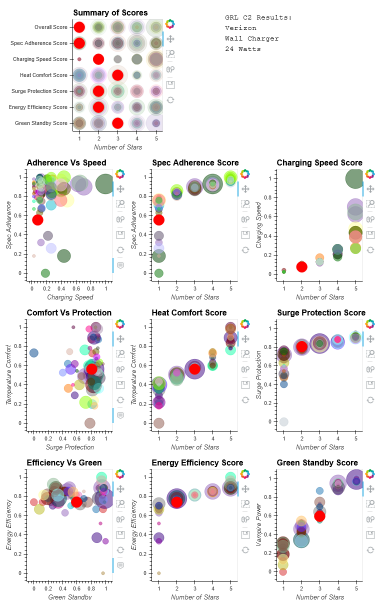
In addition to the 15 Watts TurboPower charger that comes with the Moto Z Droid, the Verizon also sells the Verizon Vehicle Charger with Fast Charge Technology and USB Type-C Wall Charger with Fast Charge Technology to get even more wattage and faster charging.
We purchased the Verizon USB Type-C Wall Charger with Fast Charge Technology at the Verizon Store in Dublin, California.
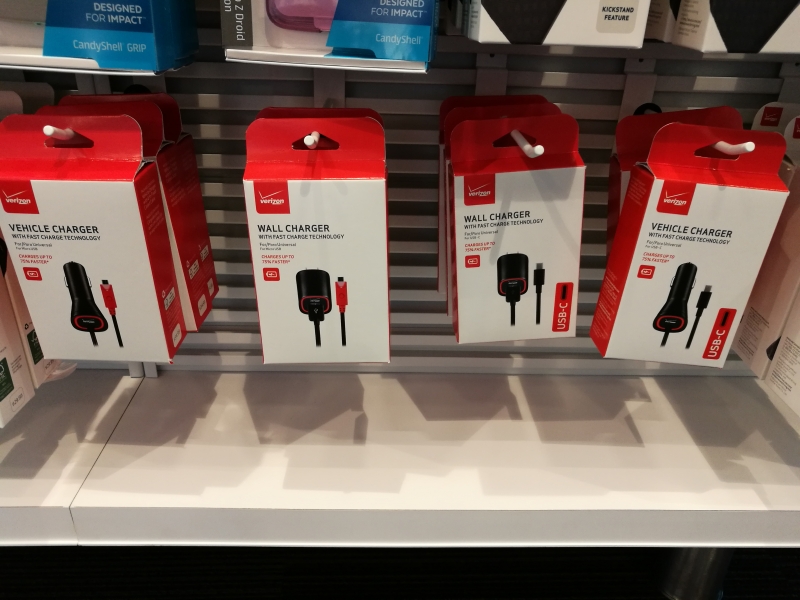
At the Verizon Store, the Moto Z Droid promotion was in full force complete with a demo showcase of the Moto Mods that you can attach to your Moto Z Droid including projector, speaker, etc.
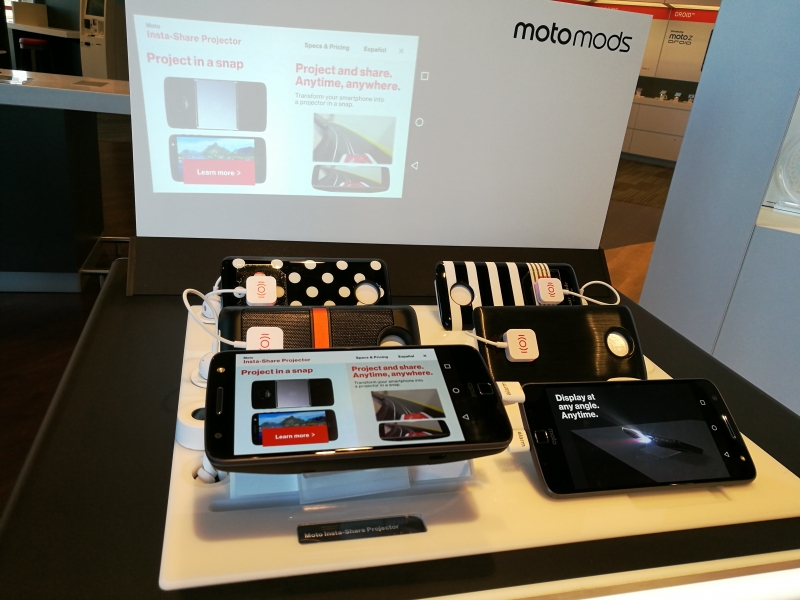
The Verizon USB Type-C Wall Charger with Fast Charge Technology box simply contains the charger itself, and a USB Type-C to Type-C cable to connect between the charger and whatever device you are charging.
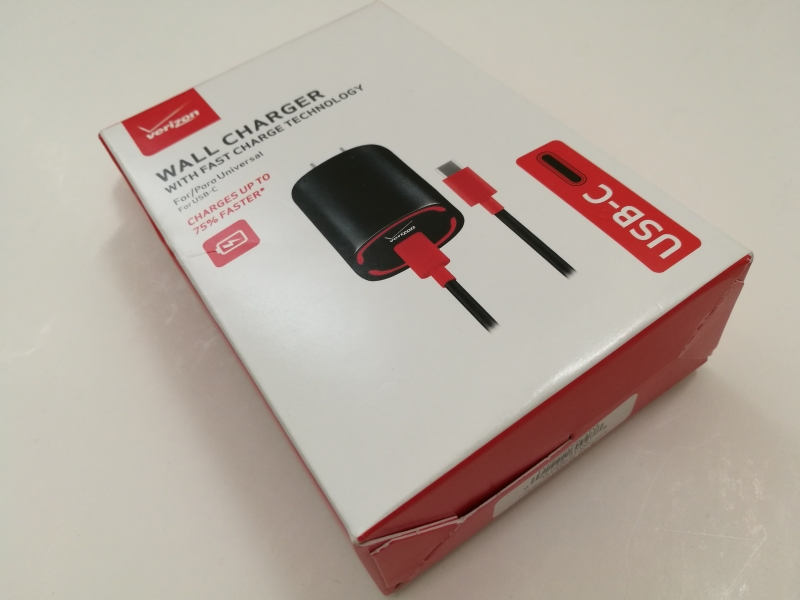
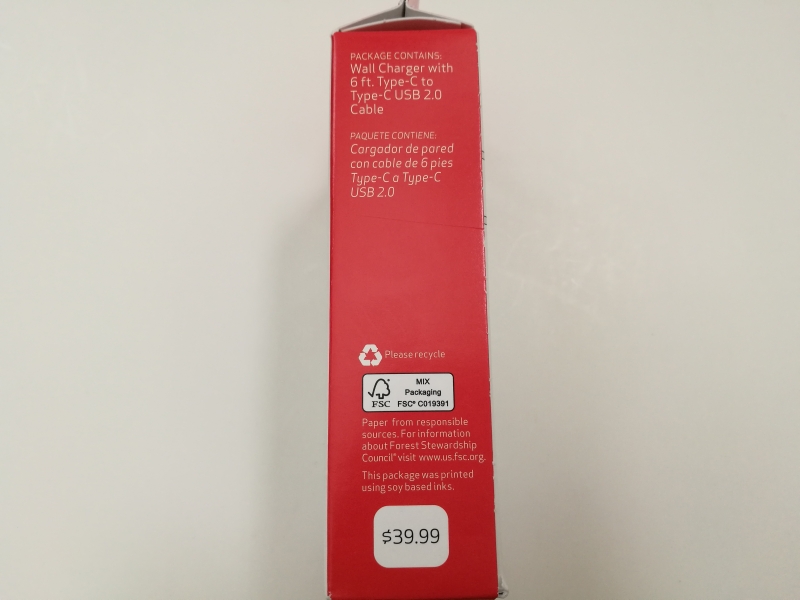
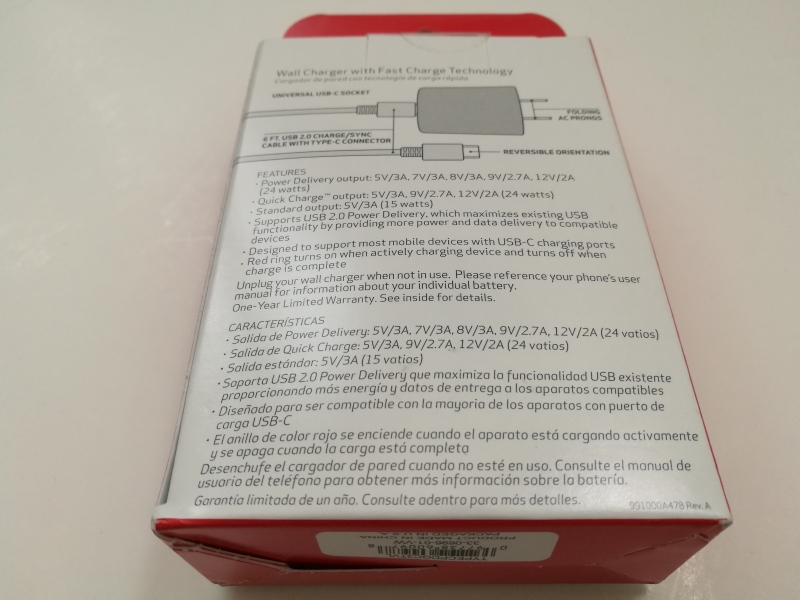
The Verizon USB Type-C Wall Charger with Fast Charge Technology supports 5 volts @ 3 amps (15 watts), 7 volts @ 3 amps (21 watts), 8 volts @ 3 amps (24 watts), 9 volts @ 2.7 amps (24 watts), and 12 volts @ 2 amps (24 watts) power profiles using USB Power Delivery.
It also supports 5 volts @ 3 amps (15 watts), 9 volts @ 2.7 amps (24 watts), and 12 volts @ 2 amps (24 watts) using Qualcomm Quick Charge. Note that the USB specs don't allow for a USB Type-C device to support both USB Power Delivery and an alternative protocol such as Qualcomm Quick Charge even though there are several products like this already in the market.
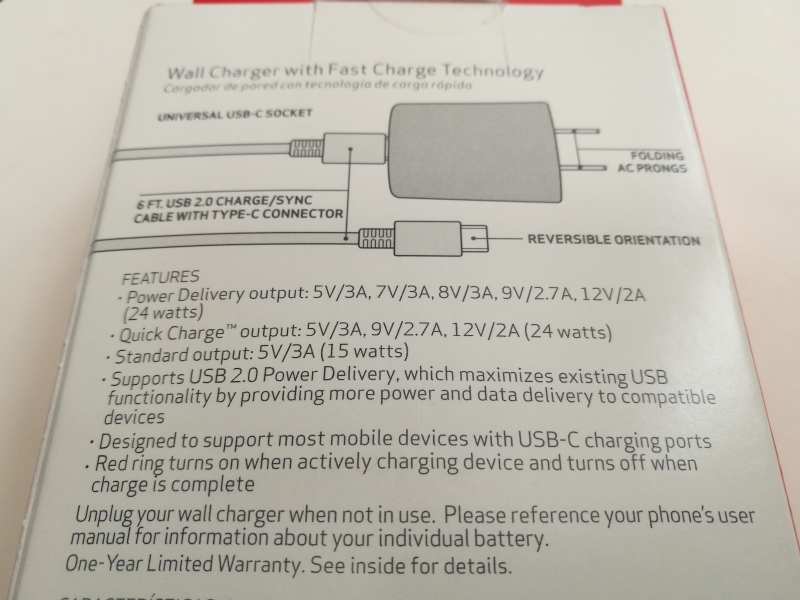
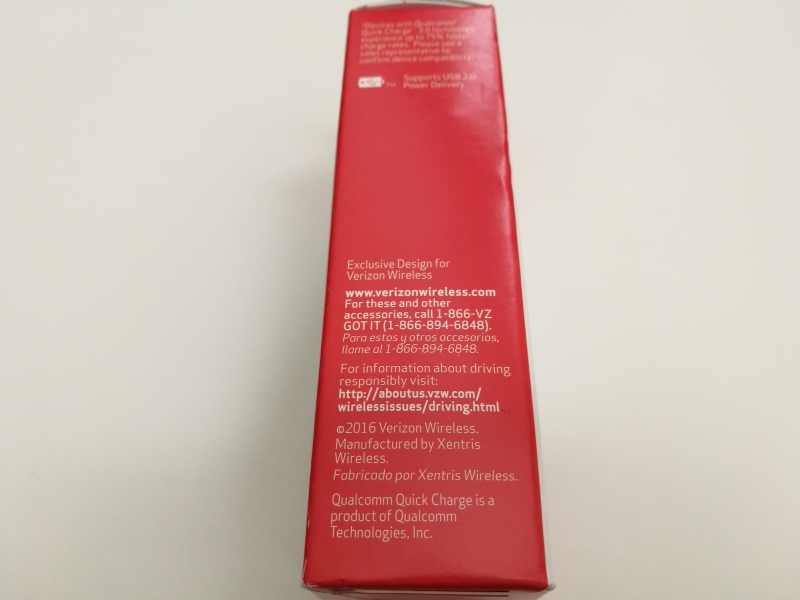

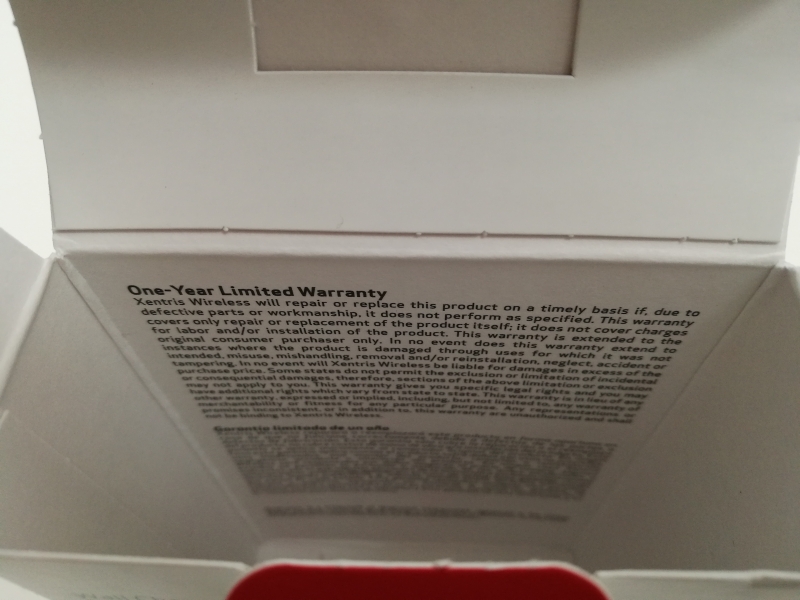
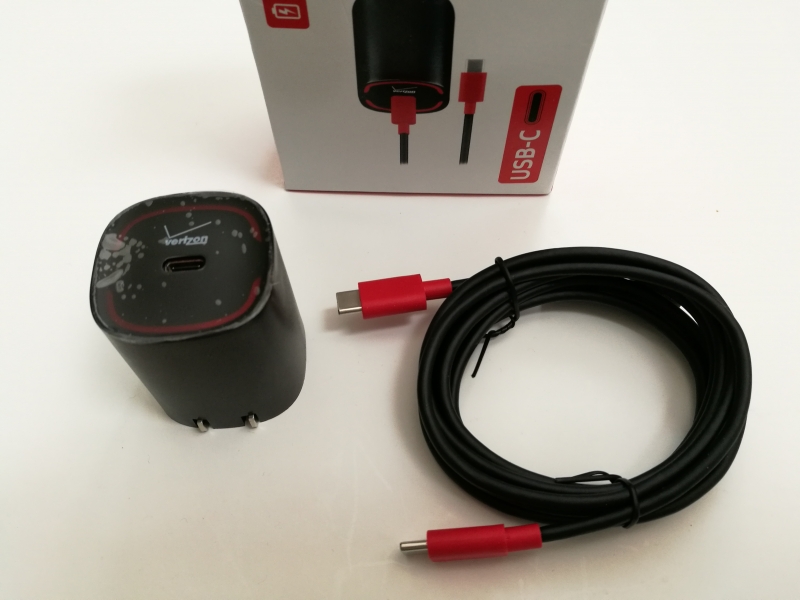
The front of the Verizon USB Type-C Wall Charger with Fast Charge Technology glows Verizon red when charging another device.
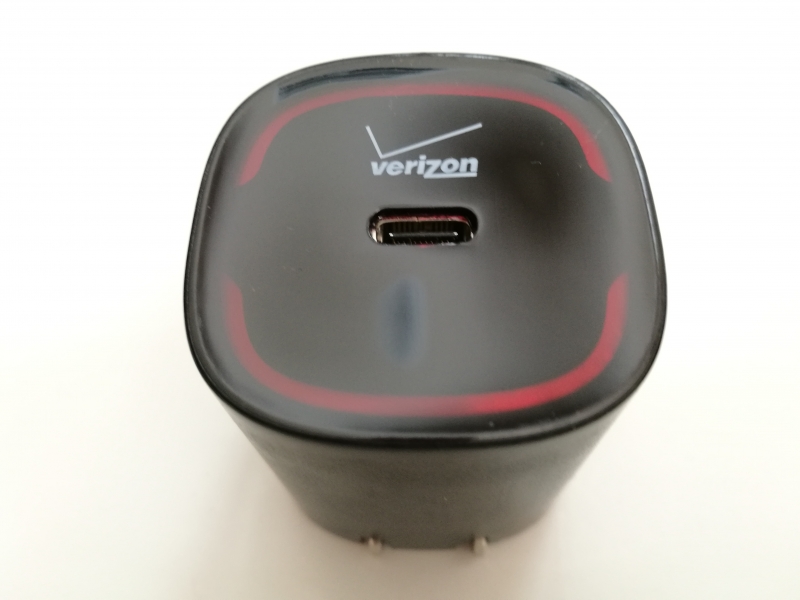
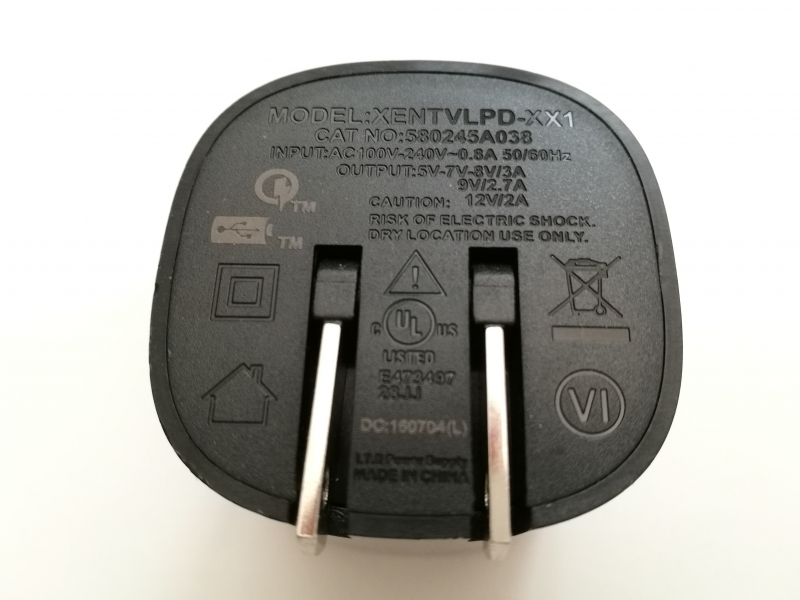
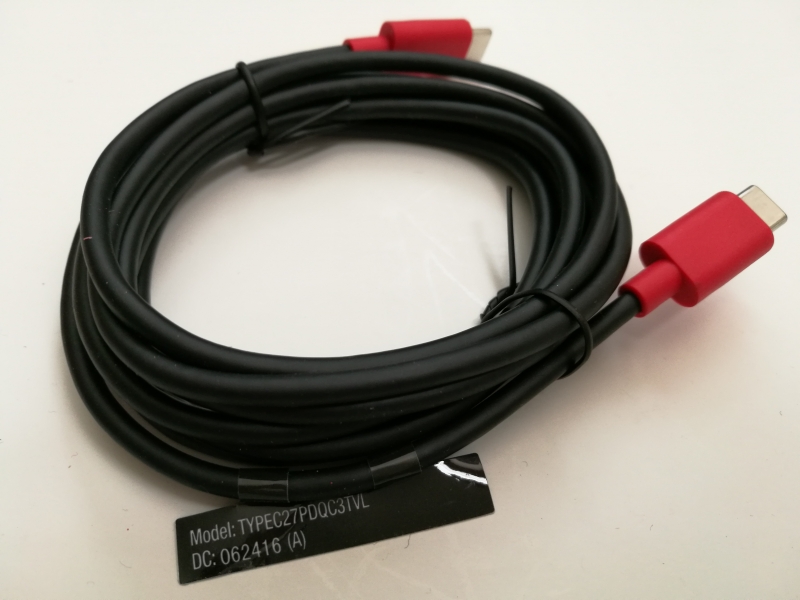

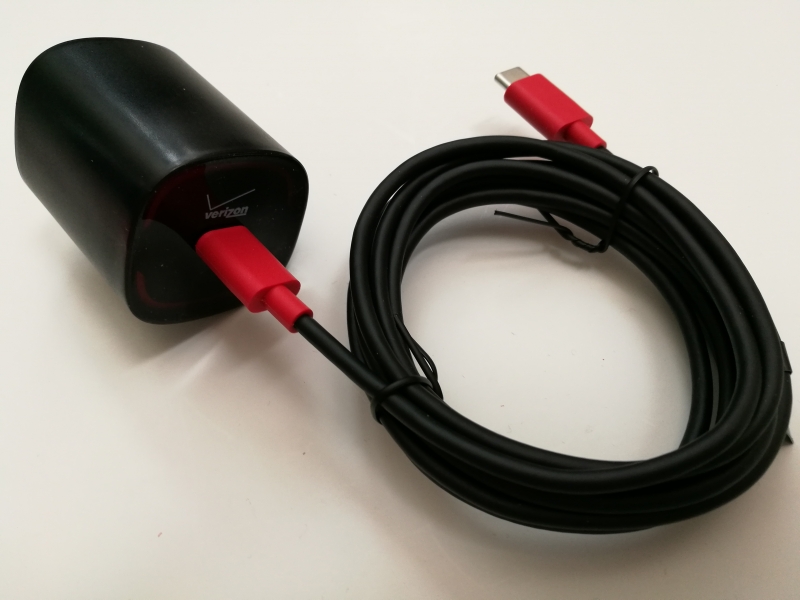
To see how the Verizon USB Type-C Wall Charger with Fast Charge Technology's power profile looks like, we used the USB Power Test App from Granite River Labs with the Granite River Labs USB Power Delivery Compliance C2 Tester to generate the following test results.
The USB Power Test App first negotiates a power contract for every PDO supported by the Verizon charger, and increases the load gradually to find the threshold where over current protection (OCP) kicks in and voltage and current start to drop for safety reasons.
The USB Power Test App reports out all the PDO's supported by the Verizon charger and their OCP thresholds. OCP thresholds for the charger are set at about 11-68% above the maximum current levels for the fixed PDO's.
| PDO | OCP (A) |
|---|---|
| PDO#1 Fixed: 5V 3A | 3.37 |
| PDO#2 Fixed: 7V 3A | 3.37 |
| PDO#3 Fixed: 8V 3A | 3.36 |
| PDO#4 Fixed: 9V 2.66A | 2.97 |
| PDO#5 Fixed: 12V 2A | 3.37 |
The USB Power Test App from Granite River Labs also produces an I-V curve which graphically shows the relationship between voltage and current for each PDO. Except for the 1st PDO, we can observe current fold-back behavior for the other PDO's where as the current increases beyond the OCP threshold, the voltage starts to bend down rather than immediately shutting off. The 5th PDO displays a more dramatic fold-back behavior compared to the other PDO's. In contrast the 1st PDO shows the voltage immediately shuts off when crossing the OCP threshold.
The USB Power Test App can also use the Granite River Labs USB Power Delivery Compliance C2 Tester integrated with the GW Instek APS-7100 programmable AC power supply to compare the charger's power output vs power input so that power efficiency can be measured and compared to regulatory limits from United States of Energy (DOE) Level VI or European Union's CoC Tier 2 requirements. We can repeat the power efficiency tests for different PDO's, current load conditions, and different AC input ranges, allowing us to get a complete picture of power efficiency ranges across all different usage scenarios.
View Full Article
USB PD Charging Technologies & Battery Life Benchmarking
Featured Products
 GTrusted
GTrusted





